Storm Clean-Up 101: Task Lists for Homeowners Continued
Posted in Gardening Tips on March 5 2013, by Sonia Uyterhoeven
Sonia Uyterhoeven is the NYBG‘s Gardener for Public Education.
Over the past few weeks, we have discussed how to manage storm clean-up after large coastal storms such as Hurricane Sandy, tackling soil testing and how to approach clean-up in creative ways. This week, I’m giving you a practical to-do list to help you get started at home, whether you’re preparing for the next big storm or recovering from the last.
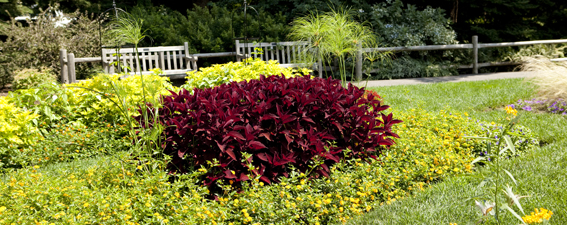
What are some of the things that you can do to get your garden back on track?
— Compare skips, hire one and clean up obvious debris for them skip hire to haul away for you.
— Watch water levels as they drain to understand the topography of your garden.
— If your property is flooded with salt water, the easiest way to get rid of excess salt is to leach it away–soak your yard with 2-4 inches of water.
— Salt does less damage when the soil is already damp, so remember to water your garden when coastal storms are predicted (unless that has been recent rainfall). One inch is sufficient.
— Get a soil test in the spring and request a soil salinity test if your property was inundated with salt water (see my previous article for details).
— Do not fertilize your garden as a first line of defense after a storm. Fertilizers are high in salts and you will not want to add salts to your soil if you have been inundated with salt water. If you fertilize, use organic fertilizers such as Plant-tone®, North Country Organics Pro-Gro 5-3-4 OMRI Listed™, or see Grow Organic.
— Add granular humates to your soil if your soil test comes back high in absorbed sodium (see my previous article for details).
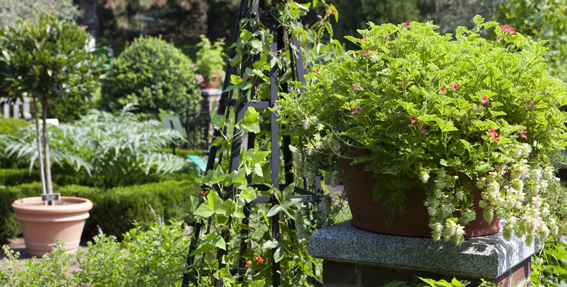
— Add compost to your lawn or your garden beds to improve the soil and alleviate soil compaction–1 inch for lawns, 1-2 inches for established planting beds.
— Keep on top of weeding in the garden. Plant open areas with salt tolerant annuals and temporarily sow a cover crop in more protected areas to fill the space for a season.
— If woody plants–trees and shrubs–are noticeably damaged or present a hazard, do a necessary pruning or hire a licensed arborist. Remember: you get what you pay for, so don’t skimp on important specimen trees in your yard.
— Look for cracking around the root plate on large trees–this is an indication that the tree has experienced wind rock, and the roots are lacking anchorage. If a large tree was torn up during a storm but not blown over, the roots will be weakened. It is generally best to take the tree down if the root system is compromised.
— Look to make sure that the grade of your soil hasn’t changed during a flood. If trees are no longer planted at grade and their root flare is buried, then rake the area level or get a professional to come in with an air spade. Soil around shrubs and perennials should also be regraded as required.
— Sometimes salt damage is immediate–the foliage starts to brown and dry out quickly. Other times, damage to foliage, roots, and buds will show up later. Be patient and let the plants sort themselves out before you jump in and cut back aggressively. Nurture your garden back slowly.
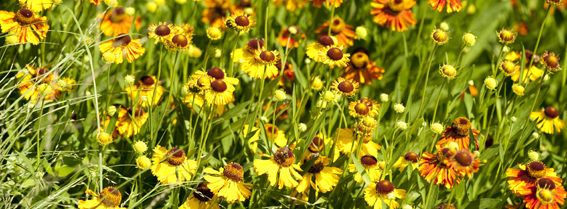
What are some of the things that we can do in the future to prepare for major storms?
— Look at what survived in your garden and surrounding areas. Let the survivors be a guide to what you plant in the future.
— Look at successful coastal areas to see how they are landscaped and planted. Restoration of native shoreline ecosystems will be important in rebuilding coastal properties.
— Emulate nature and use halophytic (salt tolerant) plants in coastal areas. Use plants that can handle not only salt, but strong winds and periodic flooding as well.
— Build raised beds in your garden to create areas protected from flooding for vegetables or sensitive plants.
— Remember that fast-growing trees have weaker wood and are more susceptible to storm damage. Choose slow-growing trees, such as oaks, on coastal properties.
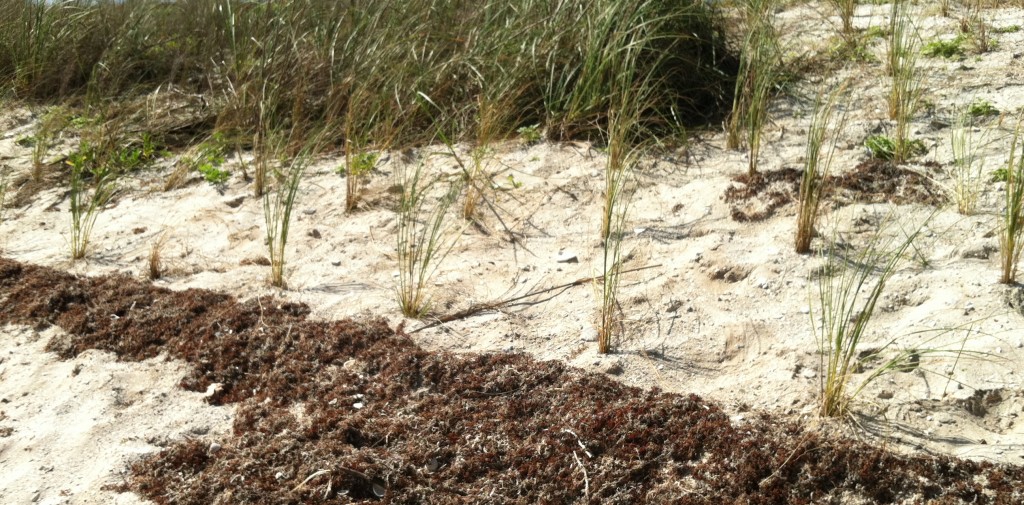
— Rebuild dunes by taking old Christmas trees and piling sand around them. Plant with American beach grass (Ammophila breviligulata). The underground rhizomes of this beach grass weave through the old Christmas trees and start to stabilize the sand, creating a line of defense against wind, waves, and flooding. The old Christmas trees create a stable framework–recycling at its best. For more information on replanting dunes see:
1. New York Sea Grant and Cornell Cooperative Extension’s Planting Guide for American Beachgrass
2. Woods Hole Sea Grant and Cape Cod Cooperative Extension’s Coastal Dune Protection & Restoration: Using ‘Cape’ American Beachgrass & Fencing
— As you begin to redesign and rethink your landscape, take the information that you have from observing previous floods and work with the topography. Sensitive plants should go on high ground areas, while some tougher salt water natives can provide a living barricade closer to the coastline.
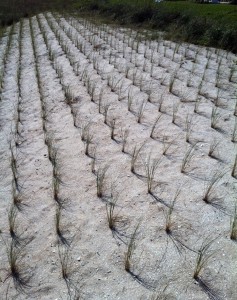 The lessons from this storm have been prodigious, and the take-home message from the experience is about respecting and working with nature. Hurricanes are a part of nature, which has provided us with natural barriers or buffer zones–such as salt marshes and dune habitats–to deal with tidal flooding and erosion. Areas in New Jersey that maintained diverse dune habitats were largely protected from the surge of seawater, while other towns were devastated. It is important for us as gardeners and civic-minded citizens to follow nature’s lead and rebuild plant diversity along our coastlines. In the long-term, it will not only save us money and protect our homes, but beautify the landscape in turn.
The lessons from this storm have been prodigious, and the take-home message from the experience is about respecting and working with nature. Hurricanes are a part of nature, which has provided us with natural barriers or buffer zones–such as salt marshes and dune habitats–to deal with tidal flooding and erosion. Areas in New Jersey that maintained diverse dune habitats were largely protected from the surge of seawater, while other towns were devastated. It is important for us as gardeners and civic-minded citizens to follow nature’s lead and rebuild plant diversity along our coastlines. In the long-term, it will not only save us money and protect our homes, but beautify the landscape in turn.

